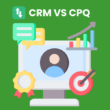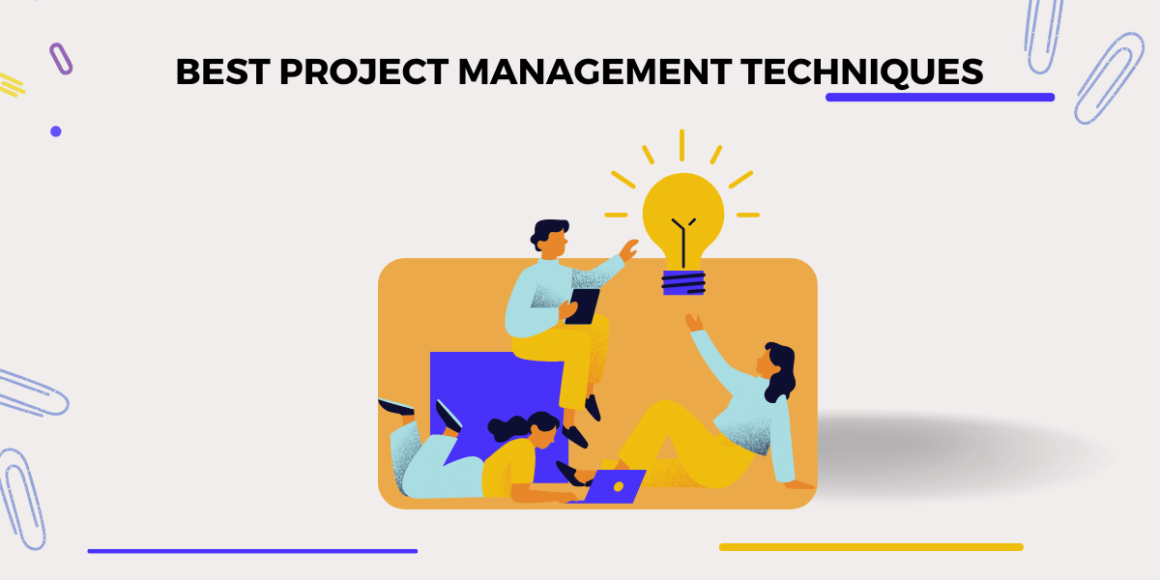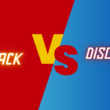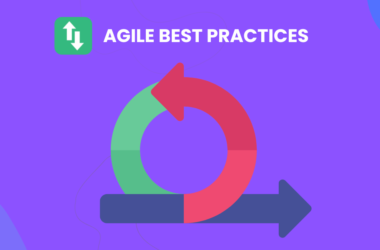Table of Contents Show
Navigating the intricate world of project management can often feel like steering a ship through uncharted waters, where each wave brings a new challenge and every gust of wind demands a strategic adjustment of the sails.
For businesses, where projects are the engines of growth and innovation, selecting the right project management technique is paramount. This comprehensive guide is tailored for the astute minds of business owners, C-suite executives, managers, project managers, and productivity enthusiasts who seek to master the art of steering their projects to successful shores.
The essence of effective project management lies in its ability to transform vision into reality, melding diverse ideas, resources, and timelines into a cohesive and achievable plan. As the business landscape becomes increasingly complex and interconnected, the demand for robust, adaptable, and efficient project management methodologies has never been higher.
This guide delves into a curated selection of project management techniques, each with its unique blueprint, offering insights into their methodologies, applications, and the nuanced balance of benefits and challenges they present.
From the structured, time-tested approaches of Classic Project Management Techniques to the agile, responsive strategies of Agile Project Management, and the precision of Change Management and Process-Based methodologies, we explore the spectrum of tools available to today’s professionals.
Whether your projects are defined by clear, unchanging requirements, or are driven by dynamic, evolving needs, this guide aims to equip you with the knowledge and understanding to choose the methodology that aligns best with your project’s objectives, your team’s dynamics, and your organizational culture.
Let’s dive in now…
Top Project Management Techniques To Try Out in 2025
We have divided the project management techniques into different parts:
- Agile Project Management Techniques
- Classic Project Management Techniques
- Change Management Project Planning Techniques
- Other Project Management Techniques
Agile Project Management Techniques
1. Agile
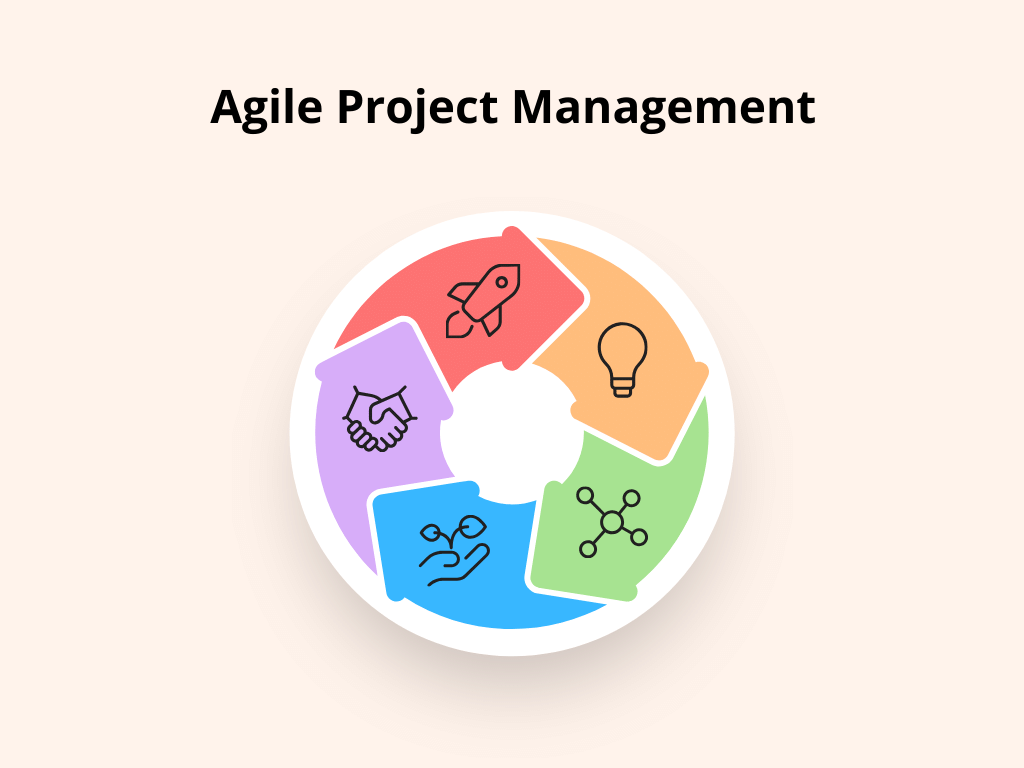
Agile project management is a flexible, iterative approach that emphasizes continuous delivery, collaboration, customer feedback, and adapting to change. It breaks projects into small, manageable units, allowing teams to focus on high-quality development, testing, and collaboration.
Agile methodologies promote a disciplined project management process that encourages frequent inspection and adaptation, a leadership philosophy that encourages teamwork, self-organization, and accountability, a set of engineering best practices intended to allow for rapid delivery of high-quality software, and a business approach that aligns development with customer needs and company goals.
Benefits:
- Flexibility and Adaptability: Easily accommodates changes in project scope and requirements.
- Customer Satisfaction: Continuous delivery of functional bits of the project ensures that the customer is involved and satisfied throughout the project.
- Improved Quality: Regular reviews and iterations improve the quality of the output by identifying and fixing issues early.
Downsides:
- Planning Challenges: Agile’s flexible nature can make long-term planning difficult, and projects can become directionless if not properly managed.
- Requires High Collaboration: Success heavily relies on team collaboration and customer involvement, which can be challenging to maintain.
2. Scrum Methodology
Scrum is a framework within the Agile methodology that provides a structured approach to managing projects with a focus on team collaboration and iterative progress.
It divides the project into sprints, typically 2-4 week periods, with set roles (Scrum Master, Product Owner, Development Team) and ceremonies (sprints, daily stand-ups, sprint reviews, and retrospectives) to organize and manage tasks.
Benefits:
- Enhanced Team Accountability: Defined roles and responsibilities empower team members.
- Rapid Problem Detection: Daily stand-ups and sprint retrospectives help identify and address issues swiftly.
- Increased Project Control: Regular reviews and sprints provide better control and flexibility.
Downsides:
- Not Suitable for All Projects: Projects with undefined or evolving scopes may need help under Scrum.
- Relies on Experienced Teams: Effective implementation requires a well-understood and experienced team familiar with Scrum principles.
3. Kanban Methodology
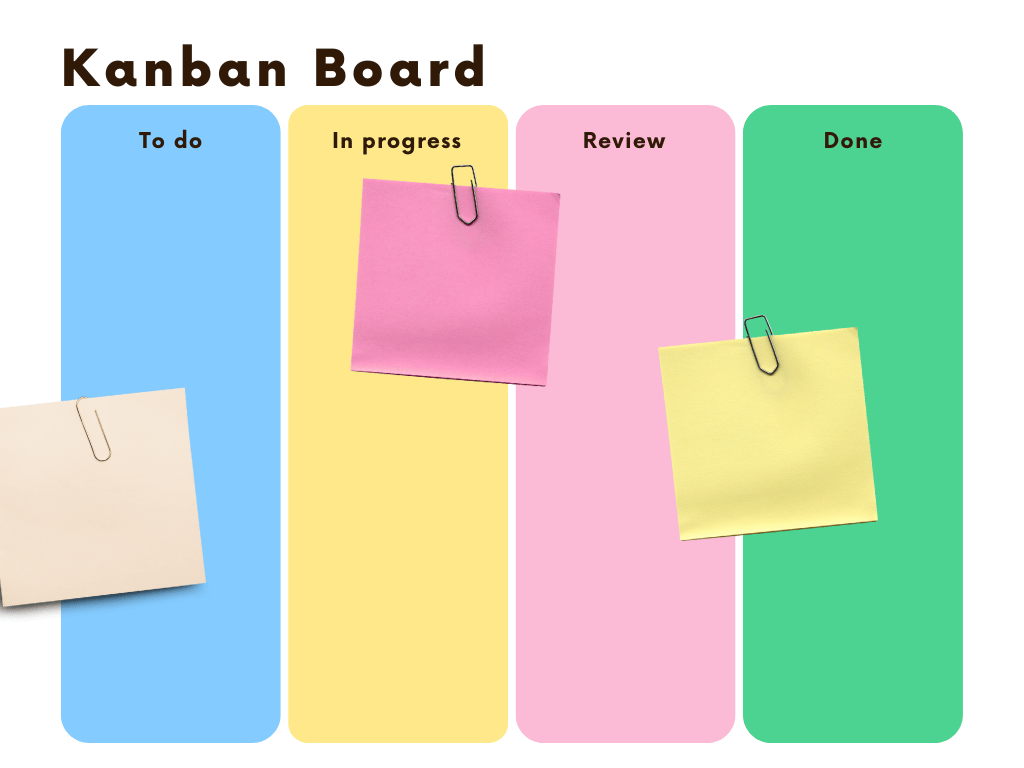
Kanban is a visual project management tool that helps manage work by balancing demands with available capacity and improving the handling of system-level bottlenecks.
Work items are visualized to give participants a view of progress and process, from start to finish—usually via a Kanban board. It allows for real-time communication of capacity and full transparency of work. Moreover, you can make use of Kanban software to help manage it online and share it across the teams.
Benefits:
- Continuous Delivery: Allows for continuous delivery without overburdening the team.
- Flexibility in Prioritization: Work items can be reprioritized in response to changing demands.
- Visibility and Transparency: The Kanban board offers a clear visual representation of the progress and flow of work.
Downsides:
- Limited Scope for Planning: Kanban’s focus on current tasks can lead to a lack of long-term planning.
- Risk of Overemphasis on Current Work: Teams may focus too much on current tasks at the expense of future planning.
4. Extreme Programming (XP)
Extreme Programming is an Agile framework that aims to produce higher-quality software and a higher quality of life for the development team. XP emphasizes customer satisfaction and empowers developers to confidently respond to changing customer requirements, even late in the life cycle.
Key practices include pair programming, test-driven development (TDD), continuous integration, and frequent releases.
Benefits:
- High-Quality Output: Emphasis on testing and review leads to fewer bugs and higher quality.
- Enhanced Customer Satisfaction: Frequent releases mean the product is continuously improved in response to user feedback.
- Strong Team Morale: Pair programming and collective ownership boost team collaboration and morale.
Downsides:
- Intensive Resource Requirements: Practices like pair programming can require more resources.
- Not Suitable for All Teams: The intense collaboration and rapid changes can be stressful and may not suit all team dynamics.
Classic Project Management Techniques
5. Waterfall
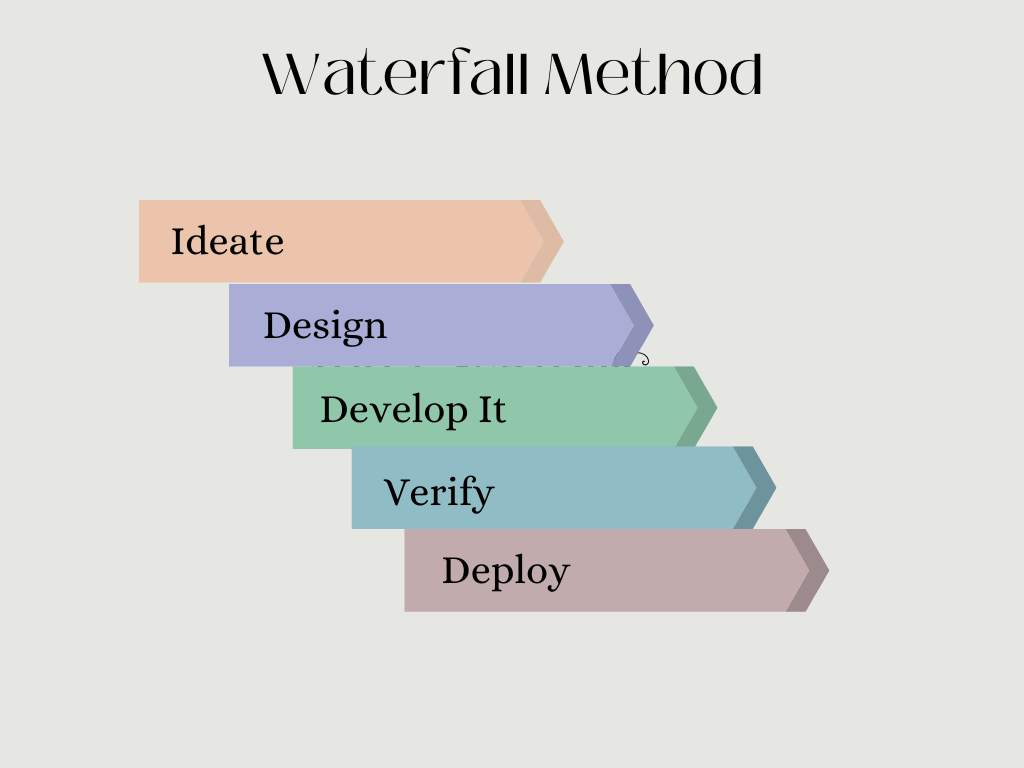
The Waterfall model is a linear and sequential approach to project management, where each phase must be completed before the next one begins.
It is one of the most straightforward project management methodologies, often used in projects where requirements are well-understood and unlikely to change.
The process flows downwards through stages such as conception, initiation, analysis, design, construction, testing, deployment, and maintenance.
Benefits:
- Clear Structure: Each phase has specific deliverables, making it easier to understand and manage.
- Ease of Management: The sequential nature simplifies the measurement of progress and performance.
Downsides:
- Inflexibility: Changes are hard to implement once the project starts, making it unsuitable for projects where requirements may evolve.
- Risk of Late Discovery: Issues may not be discovered until the testing phase, leading to delays and increased costs.
6. Critical Path Method (CPM)
The Critical Path Method is a step-by-step project management technique that identifies critical and non-critical tasks to prevent time-frame problems and process bottlenecks. It involves identifying the longest stretch of dependent activities and measuring the time required to complete them from start to finish.
Benefits:
- Effective Planning Tool: Helps in identifying the most important tasks to prioritize.
- Optimized Scheduling: Provides a clear path for project completion, helping in resource allocation and scheduling.
Downsides:
- Complexity in Large Projects: Can become unwieldy with large projects with many dependent activities.
- Inflexibility: Similar to Waterfall, changes in scope or tasks can disrupt the entire project timeline.
7. Work Breakdown Structure (WBS)
Work Breakdown Structure is a project management tool that breaks down a project into smaller, more manageable components or tasks.
It organizes the team’s work into manageable sections, making it easier to schedule, assign, and monitor progress.
Benefits:
- Clarifies Scope: Helps in defining and organizing the project scope.
- Enhanced Accountability: Assigning specific tasks to team members increases accountability and clarity.
Downsides:
- Time-Consuming: Creating a detailed WBS can be time-consuming.
- Over-Complexity: The risk of creating too many subdivisions can complicate project management.
8. Critical Chain Methodology
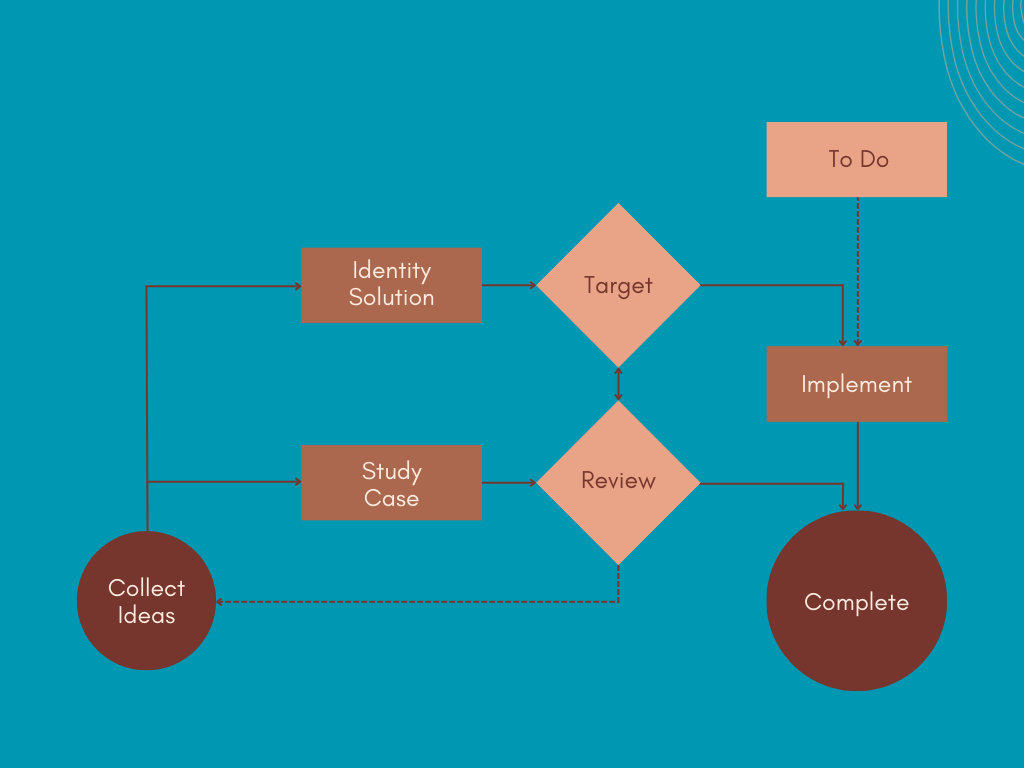
The Critical Chain Methodology focuses on resource planning and management, considering both task dependencies and resource constraints. It adds buffers to project schedules to account for variability and ensure that projects are completed on time.
Benefits:
- Focus on Resources: Addresses resource constraints effectively, ensuring that critical resources are allocated efficiently.
- Reduces Project Duration: Focusing on critical chains and buffers, can significantly reduce project timelines.
Downsides:
- Complex Implementation: Requires a deep understanding of project dynamics and resource management.
- May Overlook Task Prioritization: The focus on resources might detract from prioritizing tasks based on their importance or impact.
9. Adaptive Project Framework (APF)
Adaptive Project Framework (APF) offers a highly flexible and adaptable approach to project management, allowing for continuous adaptation and revision of project plans as projects progress. This approach is particularly suited to projects where the end goal is not clearly defined from the outset.
Benefits:
- Highly Adaptable: Can easily accommodate changes in project scope and requirements.
- Client-Centric: Keeps the client actively involved throughout the project, ensuring that the outcome closely aligns with their needs.
Downsides:
- Requires Active Client Involvement: The success of APF projects heavily depends on the client’s willingness and ability to participate throughout the project.
- Potential for Scope Creep: Without strict controls, the project’s scope can expand uncontrollably due to its adaptable nature.
10. Six Sigma
Six Sigma is a data-driven project management technique aimed at improving the quality of the output by identifying and removing the causes of defects and minimizing variability in manufacturing and business processes.
It uses a set of quality management methods, mainly empirical, and statistical methods, and creates a special infrastructure of people within the organization who are experts in these methods.
Benefits:
- High-Quality Standards: Focuses on achieving near-perfection in quality.
- Efficiency Improvements: Identifies and eliminates waste, streamlining processes.
- Data-Driven Decision Making: Emphasizes the use of statistical analysis to make informed decisions.
Downsides:
- Complexity: Requires technical expertise to implement this methodology.
- Resource intensive: It requires more resources not just on quality material, but the skilled labor force is also required.
- Rigidity: The structured approach may not be suitable for all types of projects, especially those requiring flexibility
Change Management Project Planning Techniques
11. Extreme Project Management (XPM)
Extreme Project Management (XPM) refers to a method of managing very complex and very uncertain projects. XPM adopts a more radical approach than traditional project management and is characterized by high speed, high change, and high uncertainty. It emphasizes flexibility and the ability to adapt to changing conditions rapidly.
Benefits:
- Highly Adaptive: Excellent for projects in fast-changing environments.
- Emphasizes People and Interactions: Strong focus on team dynamics and customer needs.
- Rapid Delivery: Aims for quick results, often in stages, to meet changing demands.
Downsides:
- Risk of Burnout: The high pace and constant changes can be stressful for teams.
- Less Predictability: The fluid nature of XPM makes it harder to predict outcomes and timelines.
- Requires Experienced Teams: Success depends on the team’s ability to adapt and respond quickly.
12. Event Chain Methodology
Event Chain Methodology is an uncertainty modeling and schedule network analysis technique that focuses on identifying and managing events and event chains that affect project schedules. It is an extension of quantitative project risk management and project schedule risk analysis.
Benefits:
- Addresses Uncertainty: Helps in identifying and managing potential risks and uncertainties.
- Improves Risk Management: Provides a structured approach to identifying and mitigating risks.
- Enhanced Planning: Allows for more realistic and robust project planning.
Downsides:
- Complexity: Can be complex to implement, requiring specialized knowledge.
- Time-Consuming: The process of identifying and analyzing event chains can be lengthy.
- May Overcomplicate Small Projects: For smaller, less complex projects, this methodology might be more than what is necessary.
Other Robust Project Management Techniques
13. PRINCE2 (Projects In Controlled Environments)
PRINCE2 is a process-based method for effective project management. It provides a structured approach that covers the organization, management, and control of projects. PRINCE2 is widely recognized and used in the private and public sectors.
Benefits:
- Widely Recognized: A globally recognized standard, offering a common language for projects.
- Flexible and Adaptable: Can be tailored to meet the specific needs of different projects.
- Focus on Business Justification: Emphasizes the importance of continual business justification.
Downsides:
- Can Be Bureaucratic: The structured approach can sometimes lead to bureaucracy.
- Requires Training and Certification: Effective implementation often requires formal training and certification.
- May Not Suit Small Projects: The comprehensive nature of PRINCE2 might be overwhelming for smaller projects.
14. Process-Based Project Management
Process-Based Project Management is a systematic approach to project management that focuses on aligning all aspects of the project with the organization’s mission, values, and goals through the definition and improvement of business processes.
Benefits:
- Alignment with Organizational Goals: Ensures that projects contribute directly to business objectives.
- Continuous Improvement: Focuses on the ongoing improvement of processes.
- Comprehensive Approach: Considers all aspects of the project from initiation to closure.
Downsides:
- Complexity in Implementation: Establishing and maintaining process alignments can be complex.
- Potential for Rigidity: The process-driven approach might limit flexibility and creativity.
- Resource Intensive: May require significant resources to define and maintain processes.
15. PERT (Program Evaluation and Review Technique)
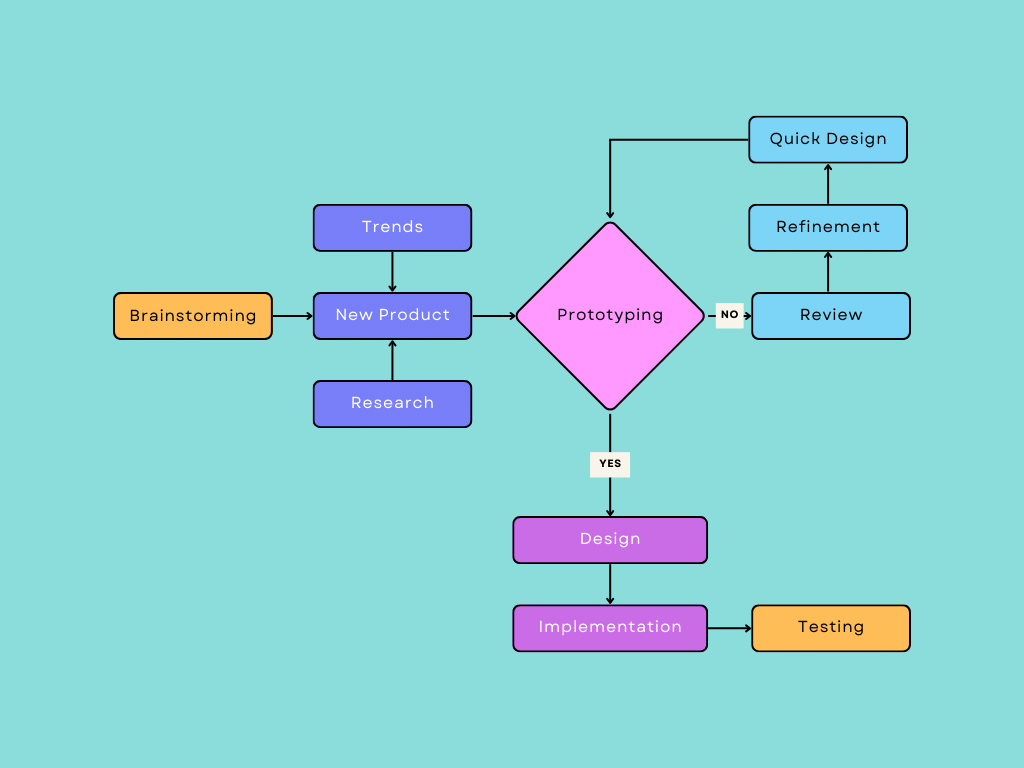
PERT is a project management tool used to schedule, organize, and coordinate tasks within a project. It is essentially a method to analyze the tasks involved in completing a given project, especially the time needed to complete each task and identify the minimum time needed to complete the total project.
Benefits:
- Effective in Planning and Scheduling: Helps in identifying critical paths and slack time.
- Enhances Time Management: Focuses on minimizing project duration.
- Facilitates Resource Allocation: Assists efficient resource allocation by highlighting critical deadlines and tasks.
Downsides:
- Complex Calculations: The method involves complex statistical calculations which can be a barrier for some.
- Optimism Bias: Relies on estimates, which can lead to unrealistic timelines if not carefully managed.
- Not Ideal for Small Projects: The detailed and comprehensive nature of PERT can be overkill for smaller, less complex projects.
16. PMBOK Method (Project Management Body of Knowledge)
PMBOK is a set of standard terminology and guidelines for project management. It is a comprehensive framework that defines project management processes and practices to achieve project objectives.
Benefits:
- Standardization: Provides a globally recognized standard, improving communication and understanding.
- Comprehensive Framework: Covers all aspects of project management from initiation to closure.
- Best Practices: Incorporates a wide range of best practices and processes.
Downsides:
- Can Be Overwhelming: The vast amount of information and processes can be daunting.
- Requires Adaptation: While comprehensive, it often needs to be tailored to fit specific project needs.
- Resource Intensive: Effective implementation can require significant time and resources.
17. Rational Unified Process (RUP)
RUP is an iterative software development process framework that emphasizes a disciplined approach to assigning tasks and responsibilities within a development organization. Its goal is to ensure the production of high-quality software that meets the needs of its end-users, within a predictable schedule and budget.
Benefits:
- Iterative Approach: Allows for adjustments and refinements through the development process.
- Risk Management: Focuses on early identification and mitigation of risks.
- Clear Roles and Responsibilities: Provides a clear framework for team roles and responsibilities.
Downsides:
- Complexity: This can be complex and difficult to implement, especially in smaller projects.
- Resource Intensive: Requires significant resources and commitment from the team.
- Documentation Heavy: Emphasizes extensive documentation, which can be time-consuming.
18. Earned Value Management (EVM)
EVM is a project management technique that integrates the project scope, time, and cost parameters to help manage project performance. It provides accurate measurements of project performance by comparing what was planned with what was achieved.
Benefits:
- Objective Performance Measures: Provides clear, quantifiable measures of project performance.
- Early Warning Signs: Identifies variances from the plan early, allowing for timely corrective actions.
- Improved Cost Management: Helps in tracking and managing project costs effectively.
Downsides:
- Complexity in Implementation: Setting up and maintaining EVM systems can be complex.
- Requires Detailed Planning: Effective use of EVM requires detailed planning and baseline setting.
- Data Intensive: Relies on accurate and timely data, requiring robust data collection and management systems.
FAQ’s For Project Management Techniques
1. Why is choosing the right project management technique important?
Selecting the appropriate project management technique is crucial because it directly influences the project’s efficiency, effectiveness, and the likelihood of its success. The right methodology aligns with the project’s requirements, team dynamics, and organizational culture, ensuring that goals are met within the set constraints of time, budget, and quality.
2. Can I combine different project management methodologies?
Yes, many project managers blend elements from multiple methodologies to create a hybrid approach that better suits their project’s unique needs. This can involve combining the structured framework of traditional methods with the flexibility of Agile techniques, for example.
3. How does Agile differ from traditional project management methods?
Agile methodologies focus on iterative development, flexibility, team collaboration, and customer feedback, making them well-suited for projects with undefined or evolving requirements. In contrast, traditional methods like Waterfall are more linear and sequential, ideal for projects with well-defined scopes and requirements.
4. How do I know if a project is suitable for the Agile methodology?
A project might be suitable for Agile if it involves complex, uncertain, or evolving requirements, benefits from regular stakeholder feedback, and can be delivered in iterative, incremental components. Agile is ideal for projects where flexibility and adaptability are valued over strict planning and predictability.
5. How important is certification in project management methodologies?
Certification can be very important, especially in highly competitive industries or for individuals seeking to advance their careers. It demonstrates a recognized level of expertise and commitment to the profession. However, practical experience and the ability to adapt and apply project management principles effectively are equally important.
Conclusion
The landscape of project management is rich and diverse, offering a plethora of methodologies suited to different types of projects, teams, and organizational goals.
Ultimately, the “best” project management technique is one that is carefully chosen based on the specific context of the project, including its scope, complexity, and the environment in which it operates.
By understanding the strengths and limitations of each method, project managers and their teams can navigate the complexities of modern projects with confidence, ensuring that they deliver value and achieve their objectives efficiently and effectively
Read more articles:




